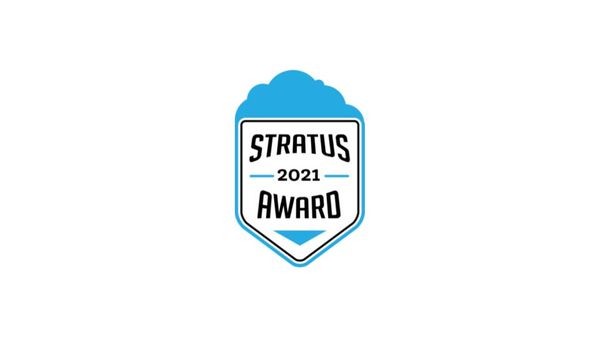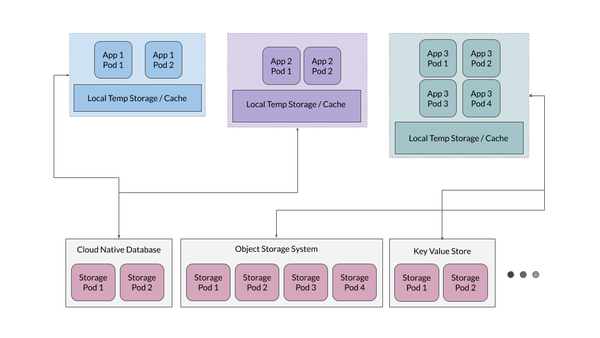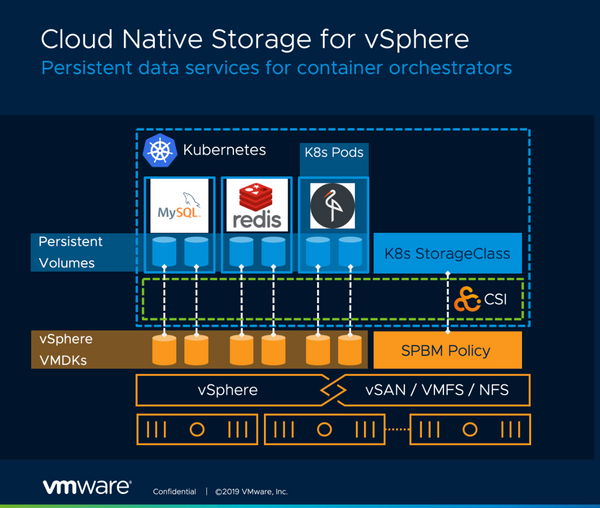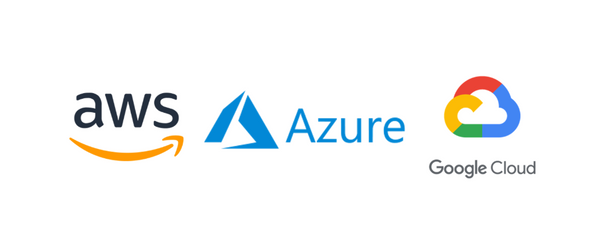The Innovations from AWS re:Invent

Earlier this month, Amazon held their re:Invent conference in Las Vegas, Nevada, from December 1st to 5th - a 5-day event. If you have never been to a re:Invent conference, then the word that describes it best is “huge” - not just in terms of the number of attendees (60,000) but also the breadth of topics covered.
Read more















